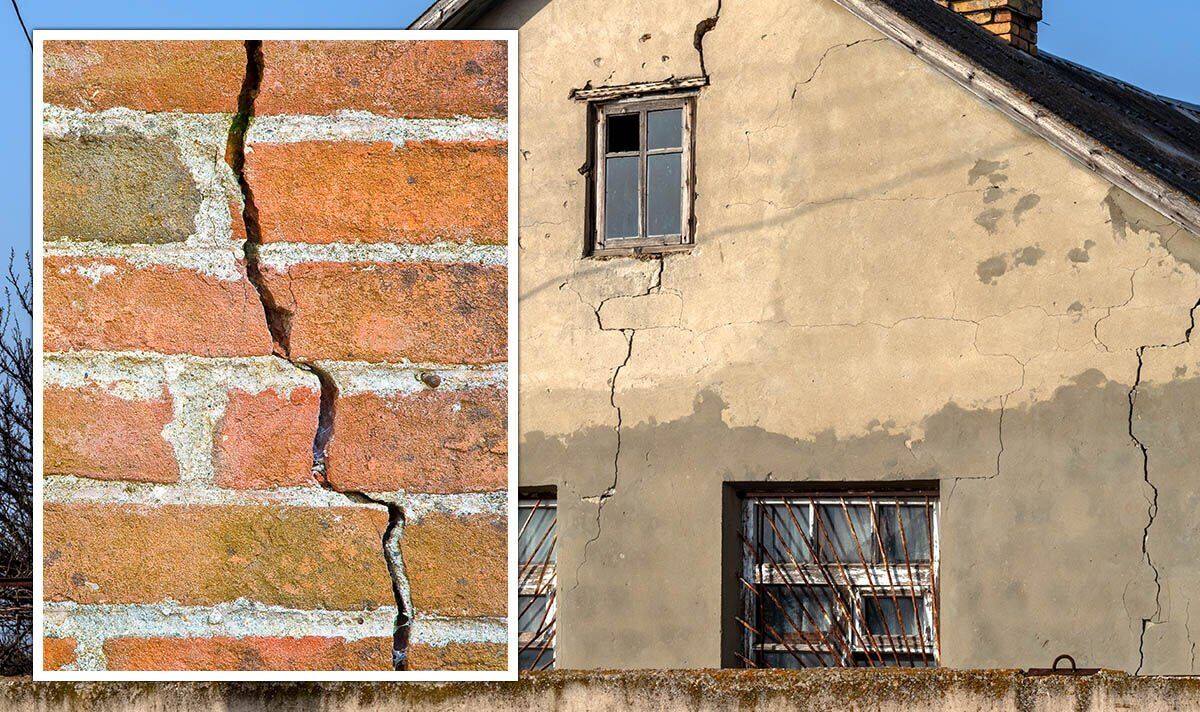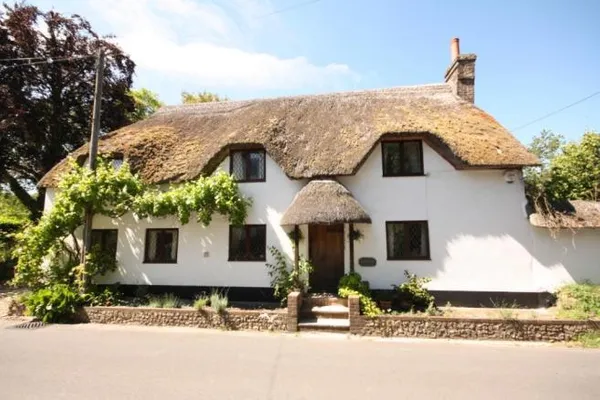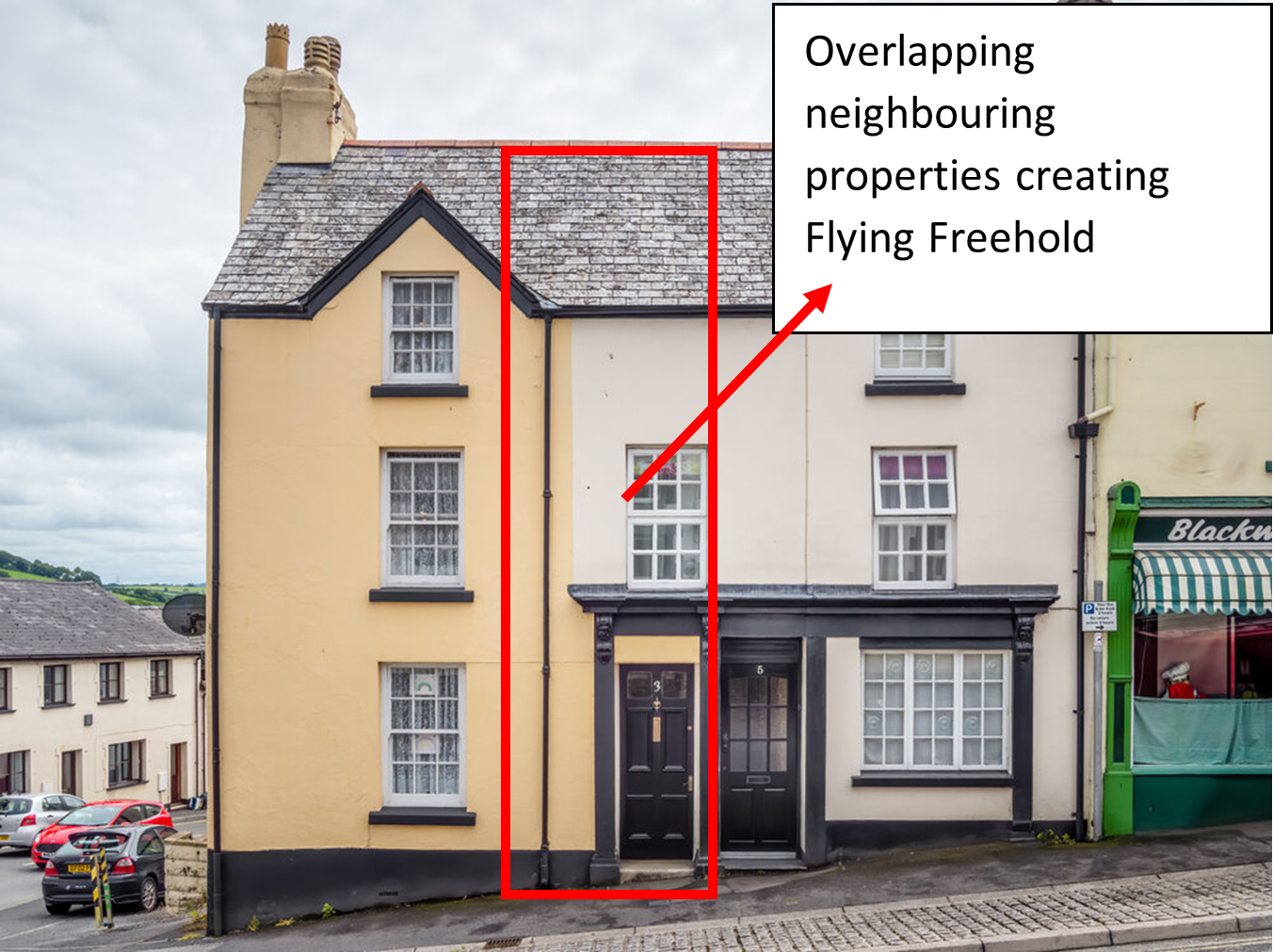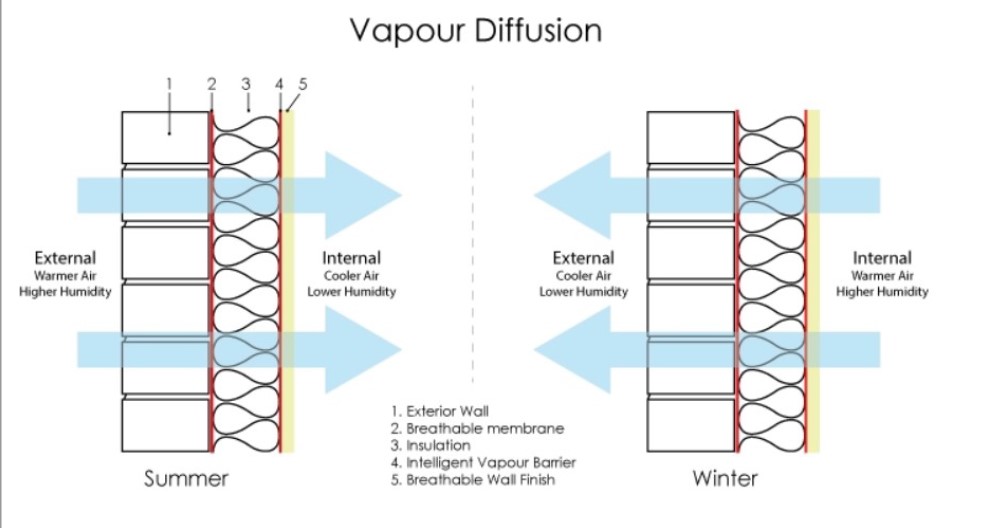A significant contribution to the character of the West Country including Dorset are the commonly…

Differential movement/ settlement
Settlement of buildings.
All buildings move to some extent and for a variety of reasons. During and after the building construction, settlement (akin to movement) of the foundation structure is considered normal and acceptable to a certain extent – especially in older buildings with little or no foundation.
Many homeowners worry that any cracks they see result from subsidence, but it is not always the case. Subsidence is movement of a building due to the downward movement of the supporting ground and the opposite is heave, which is where the supporting ground swells and the building moves upwards.
Soil types that are highly shrinkable, such as clay, are more prone to subsidence, heave, or settlement. Changes in water content can result from the weather, trees, defective drains, or local changes in the environment.
As our summers here in the UK get hotter/ drier followed by autumnal heavy rainfall, there is an increased importance in understanding the subsoil foundations are built on and ensure any new buildings/extensions account for the subsoil.
The problem of movement often arises due to inadequate foundations, so more commonly affects older buildings. The standard remedy was once to underpin, which is expensive work where extra depth of foundation is added. However, it has become quite common to repair the affected building structure above ground and found to not always be essential to underpin.
Differential Movement.
Modern foundations tend to be designed with the subsoil in mind. When a new building is constructed, it gradually settles upon the ground under its self-weight. If an extension is added to an older building, the extension may settle relative to the original structure, which has long-since stopped moving. In addition, the new extension may move differently to the older elements due to differing foundations. This is known as differential settlement and can cause cracks at the junction between the old and new structure.
The best way to prevent potential differential settlements is to carry out adequate investigation works at the location where the structure is planned to be built. Knowledge of the subsoil allows for a greater understanding of how the new element of a building will move in comparison to the older elements and allow for appropriate structural design regarding type and depth of foundation required. If you are worried about any cracks at joints between your new extension and an older element of the building, contact us at info@wessexsurveyors.co.uk or call us on 01308



